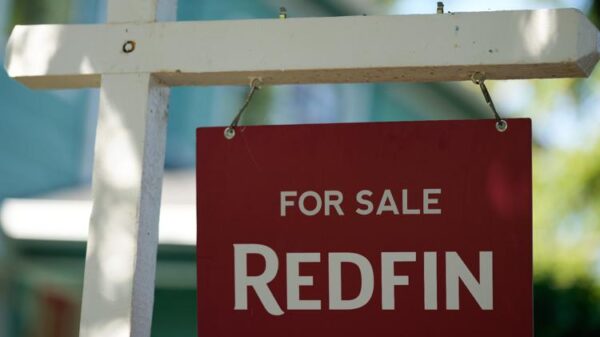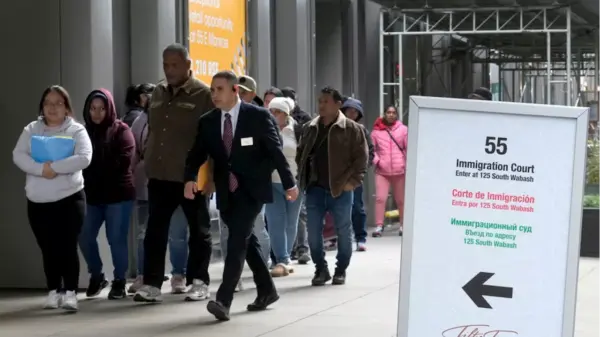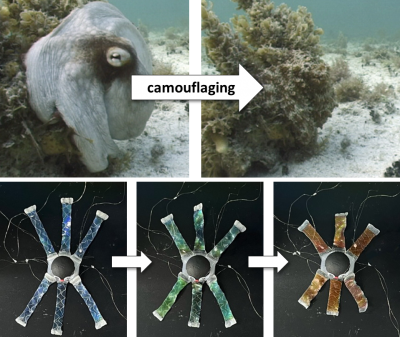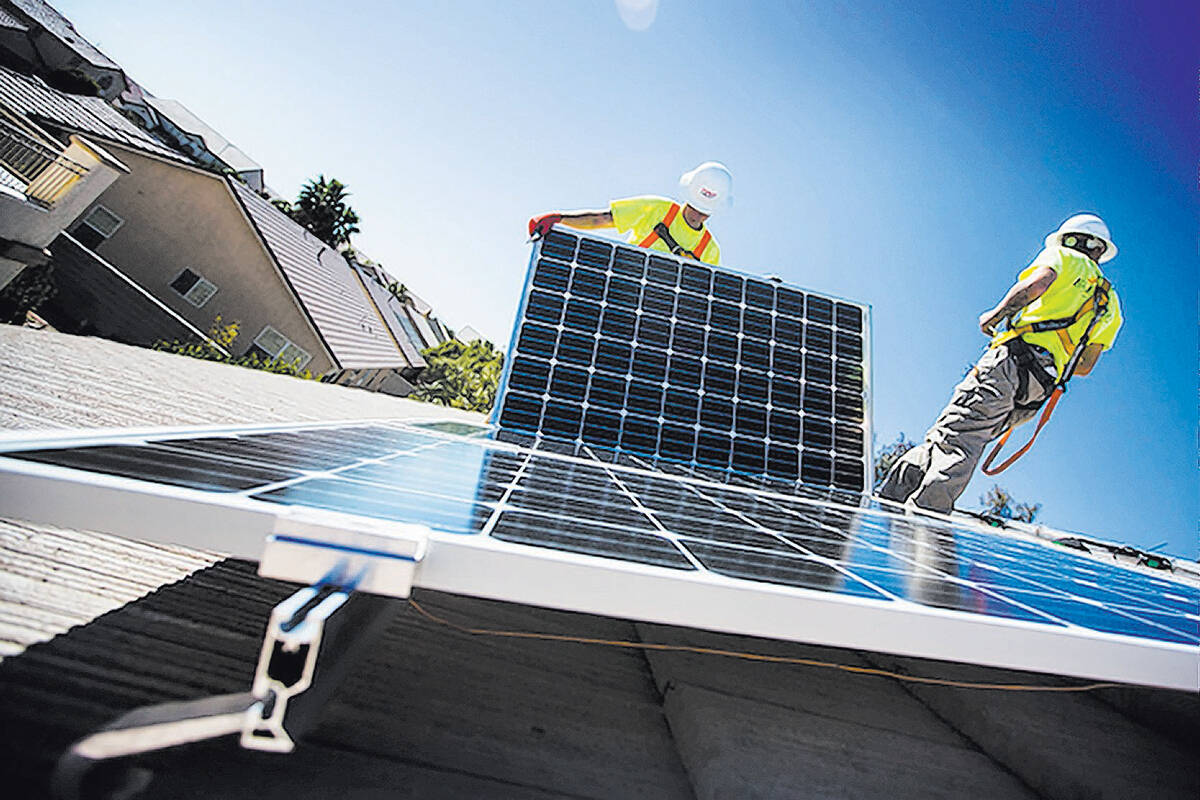Residents of Southern Nevada are set to experience significant changes in their electricity bills beginning in April 2024. The Public Utilities Commission of Nevada has granted NV Energy approval to implement a new pricing scheme that will alter how customers are charged for their power consumption. This new system will introduce a demand charge, which will penalize customers for their peak electricity usage during a specific 15-minute time slot each day.
Under the current billing structure, residential and small business customers pay a flat rate based on total electricity usage. With the demand charge, customers will still pay for their overall consumption, but their per-kilowatt-hour rates will decrease. This means that those who use more electricity during peak periods will face higher charges. The change raises concerns about fairness, as it could disproportionately affect those with less flexibility in their energy usage.
The new pricing model has drawn comparisons to a food pricing strategy where purchasing in bulk incurs higher costs. In a competitive energy market, such pricing structures might encourage consumers to adjust their habits. However, in Nevada, NV Energy holds a monopoly, offering no alternative providers for electricity. This lack of competition limits consumer choices and could lead to frustration among residents.
As part of its efforts to promote renewable energy, Nevada has long prioritized green energy initiatives. The state enacted its first Renewable Portfolio Standard (RPS) in 1997, which has evolved over the years. Notably, legislation passed in 2013 mandated the shutdown of coal power plants, and a recent commitment aims for a 50 percent RPS by 2030. NV Energy is also investing over $4 billion in the Greenlink project to enhance the state’s renewable energy infrastructure.
The introduction of the demand charge appears to be a strategy to increase revenue from customers who have rooftop solar installations. Homeowners with solar panels typically sell excess energy back to the grid when demand is low, but they still rely on grid electricity during non-sunny hours. With this new charge, these customers will now face additional costs for their nighttime electricity usage, even if they previously enjoyed lower bills due to their solar energy production.
Criticism of NV Energy is likely to intensify as residents adjust to the new billing structure. However, the broader issue lies in Nevada’s energy policy, which has shifted focus away from providing affordable and reliable energy. Advocates of green energy promised an improved and economical power landscape, yet many residents feel that these promises have not been fulfilled.
As the state moves forward with its ambitious renewable energy goals, the implications of the new pricing structure will likely spark debate about the balance between sustainable energy development and the economic realities faced by consumers.





































































